At Graduate, we love beautiful designs, materials and quality parts. The rigor bring to the manufacturing process is essential to the final result of a product. This can be felt every day in our selection of clothing and accessories. It is probably less obvious, but we are also big fans of design furniture. Today, we will review the 8 most famous models of designer chairs and armchairs in history.
The famous tulip chairs by Eero Saarinen

The architect and designer Eero Saarinen designed these famous chairs from a single material, with pure lines, trying to imitate the fluidity and curves of water, and he didn’t want to do it with four legs. So he thought of tulips and found the answer in 1955.
The Tulip chair was born to keep company with his equally famous sister, the Tulip dining table, still produced today by the company knoll.
This chair is unique, it brings character and freshness to your interior. For the anecdote, its futuristic design allowed it to appear in a television classic: Star Trek.
The Eames Lounge chair
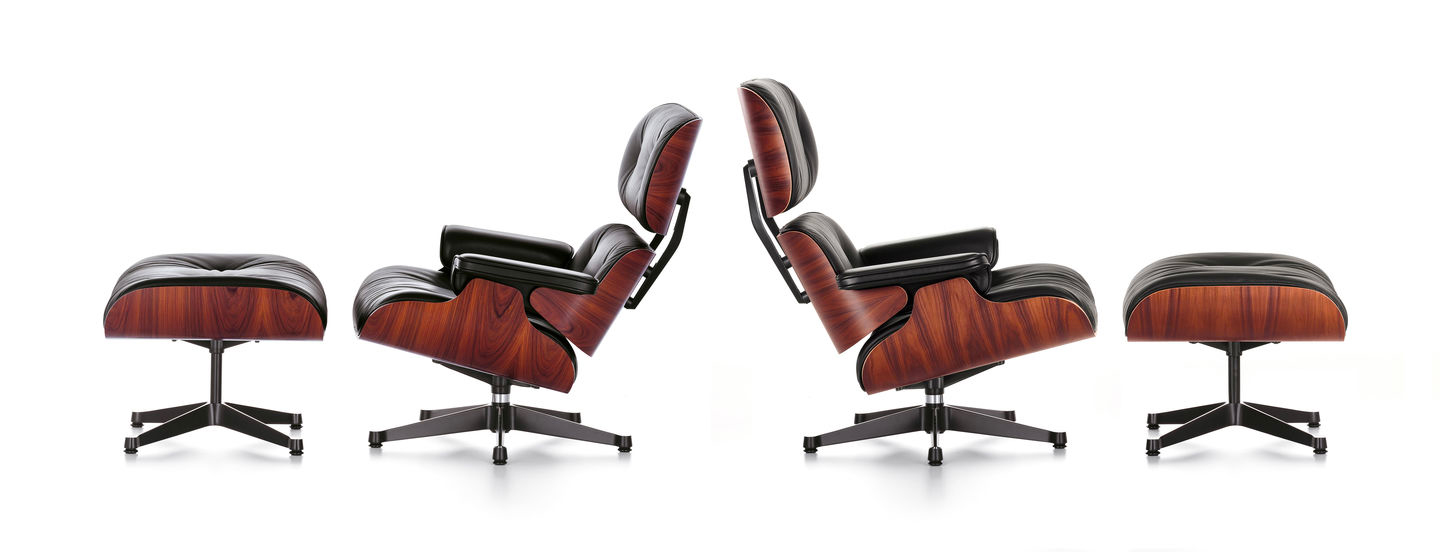
Charles & Ray Eames decided to design an updated version of the old English club chair in lighter, more elegant and more modern. They got a much more comfortable chair than their inspiration. Thanks to this and its design, it has become one of the most famous models in the history of design furniture. The design and interior design blog c86-design.fr has also made a very nice article on the subject.
The BARCELONA Armchair by Ludwig Mies van der Rohe
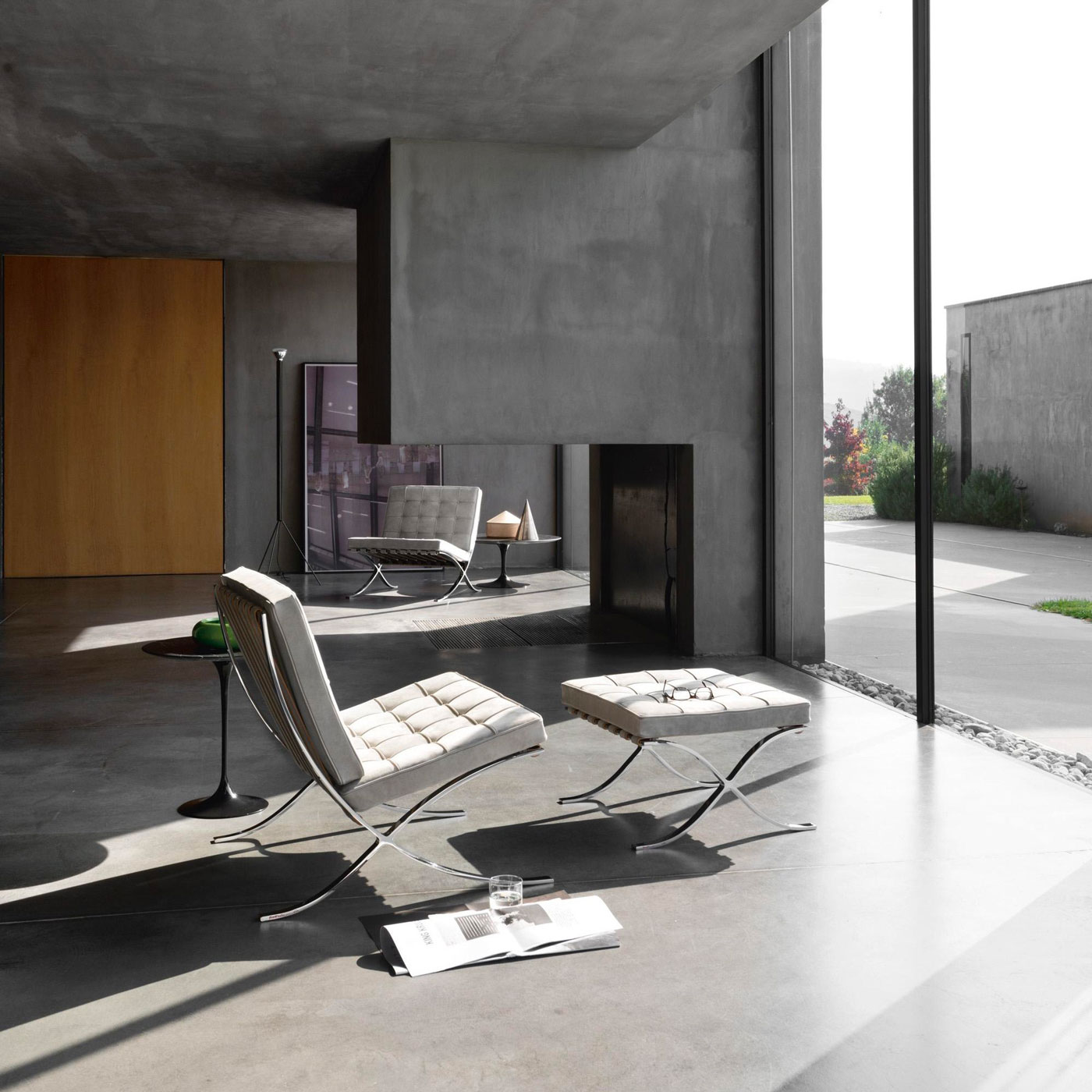
This icon of the modernist style was designed in 1928 by Ludwig Mies van der Rohe and his partner Lilly Reich. It was created as interior furniture for one of the architect’s works, the German pavilion at the 1929 Barcelona World’s Fair.
As an anecdote, the architect said: “This chair cost me more than the pavilion”.
A design with simple and clean lines with an upholstered seat, inspired by the chairs of Roman magistrates. It was intended to be used by the Spanish monarchs at the opening of the Exhibition.
The Verner Panton chair

The Verner Panton chair is a classic in the history of design. Designed by Verner Panton in 1957, mass production began in 1967 in collaboration with the Vitra brand. It was the first plastic chair made in one piece and has been selling ever since. It is available in several colors and has a “junior” version.
The Shell chair by Hans J. Wegner
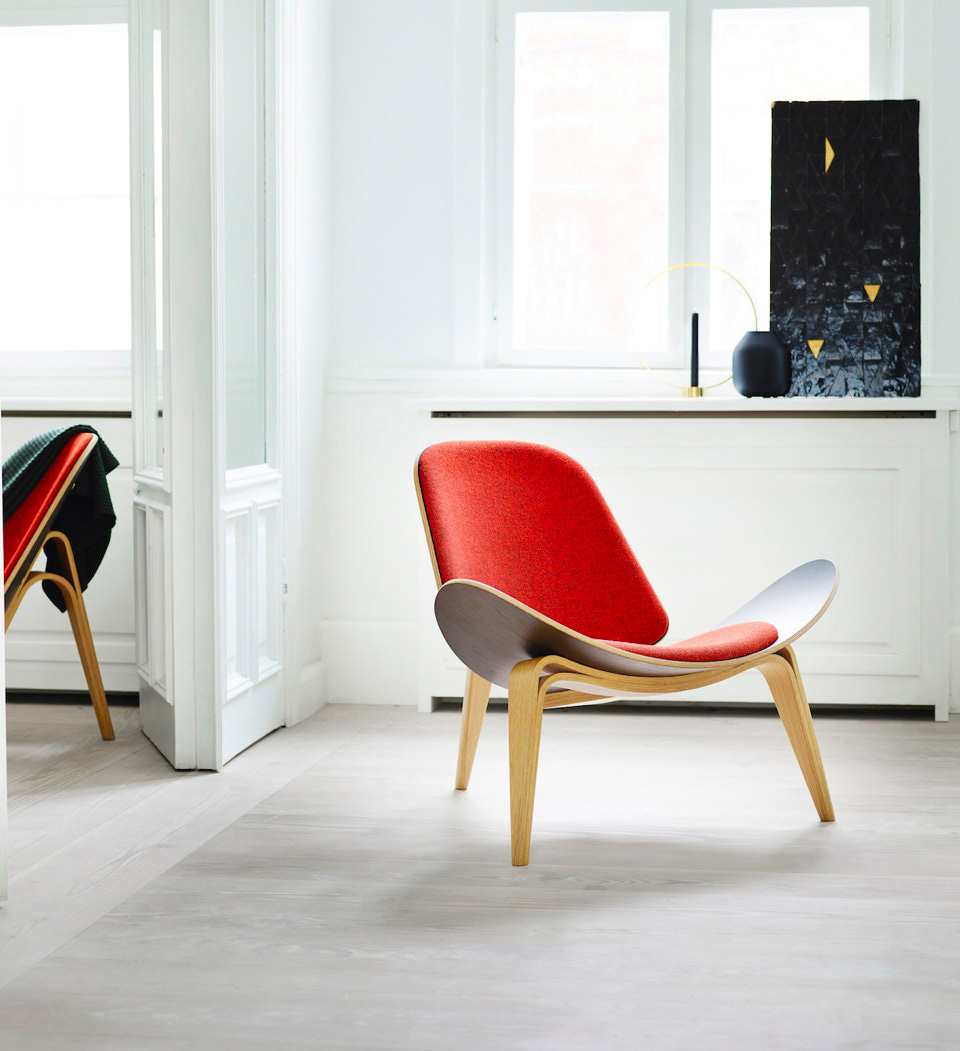
The Shell chair was designed by Hans J. Wegner in 1963, in search of functionality. But at this point in history, this avant-garde design was not understood and production was stopped. In 1998, Carl Hansen and Søn reintroduced this Nordic model, which was an immediate success. The floating lightness of the design with its wing-shaped seat and curved backrest supported by a three-legged arched frame finally found its audience.
The Shell chair is a clear manifestation of Wegner’s conviction that a chair should always be comfortable, backless and beautiful from all sides and angles.
The Diamond chair by Harry Bertoia
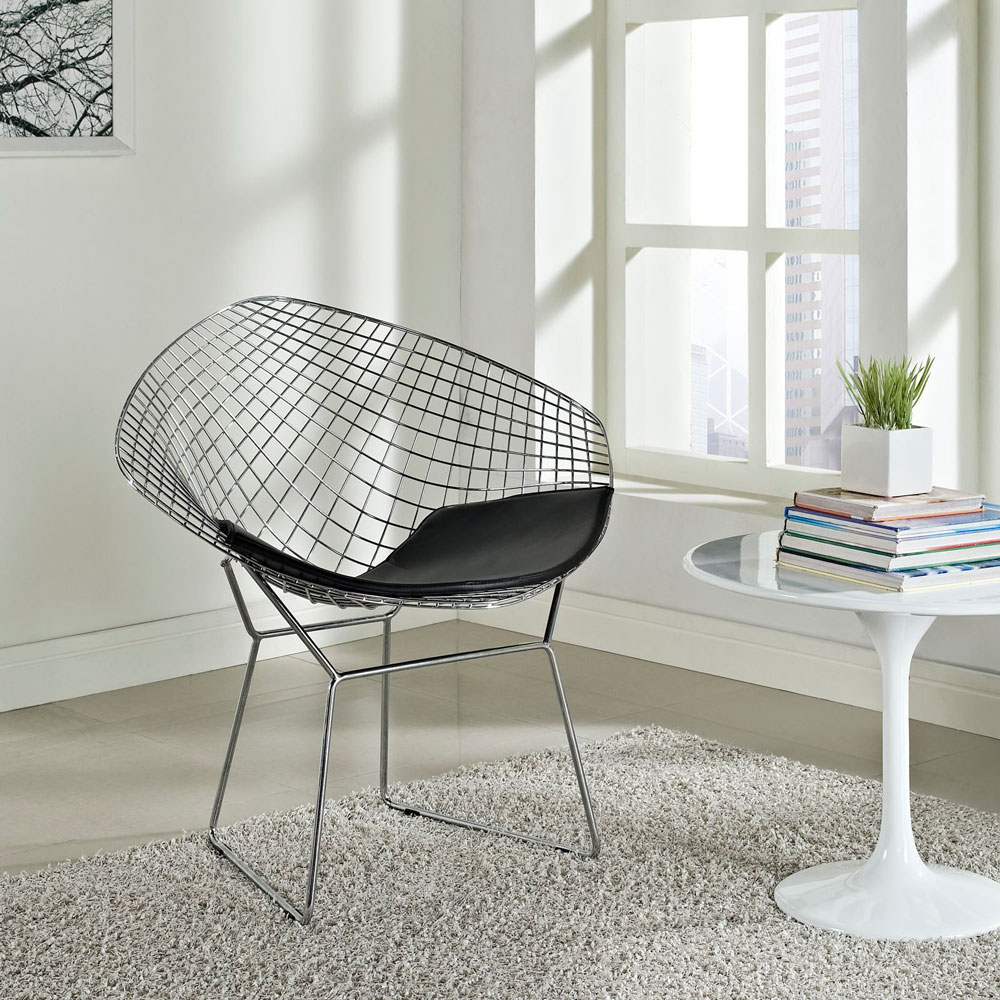
Also known as 421LU, the dimanond chair was designed by the American designer Harry Bertoia in 1950, and distributed by Knoll. This chair is made only with welded, curved and chromed steel rods, reminiscent of the shape of a diamond. Sometimes covered with a cushion to make it more comfortable.
The designer himself said: “If we look at these chairs, they are mainly made of air, like a sculpture. Space passes through them”.
The Wishbone chair by Hans J. Wegner
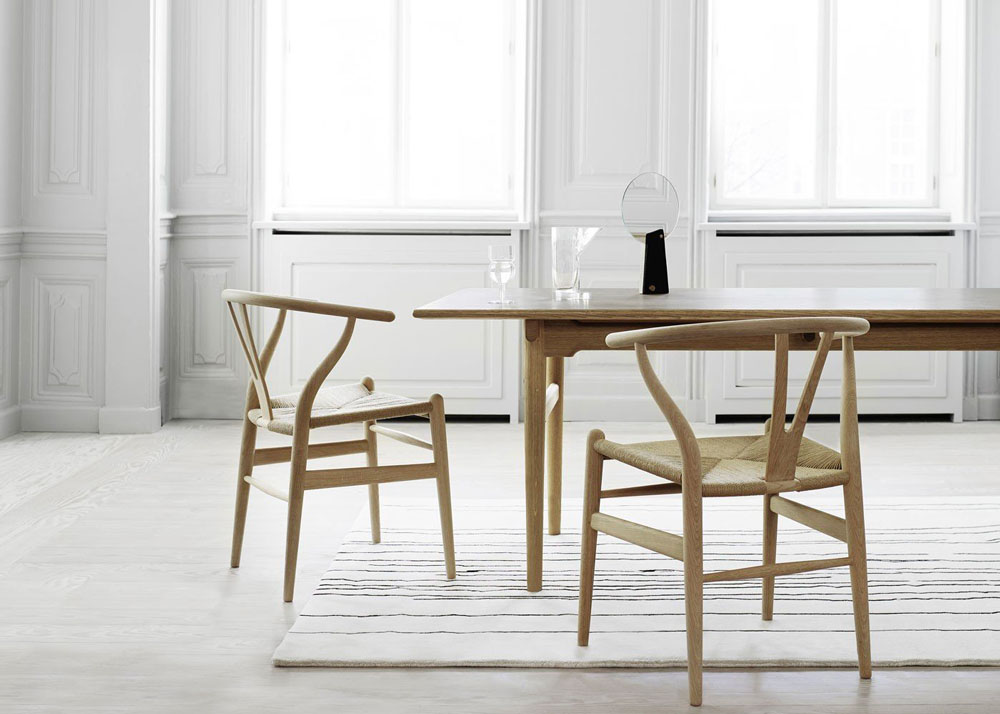
Considered one of the most recognized symbols of Danish design, it is a pure Nordic design made of wood and rope.
Designed in 1949 by Hans J. Wegner, this iconic chair is also known as CH24. Never in its history it has never stopped being made. It is marketed exclusively by Carl Hansen & Son.
The iconic DSW chair from Eames
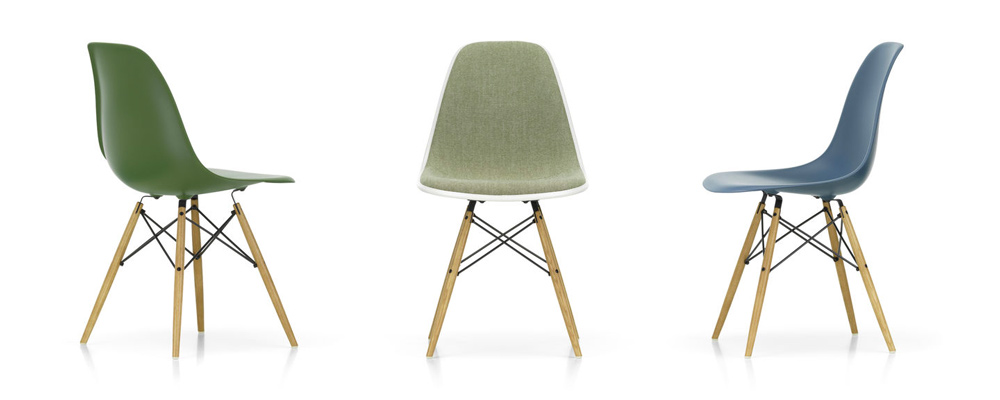
These chairs have one of the most timeless designs of all those we have analyzed above. Designed by Charles & Ray Eames in 1950, they can still be seen today in many stores and homes, and are increasingly present in our daily lives.
The original version was developed by Eames in collaboration with Zenith Plastics for the “Low-Cost Furniture Design” competition organized by the Museum of Modern Art in New York and was the first plastic chair to be industrially manufactured. It is a design icon, marketed for more than half a century by Vitra.
